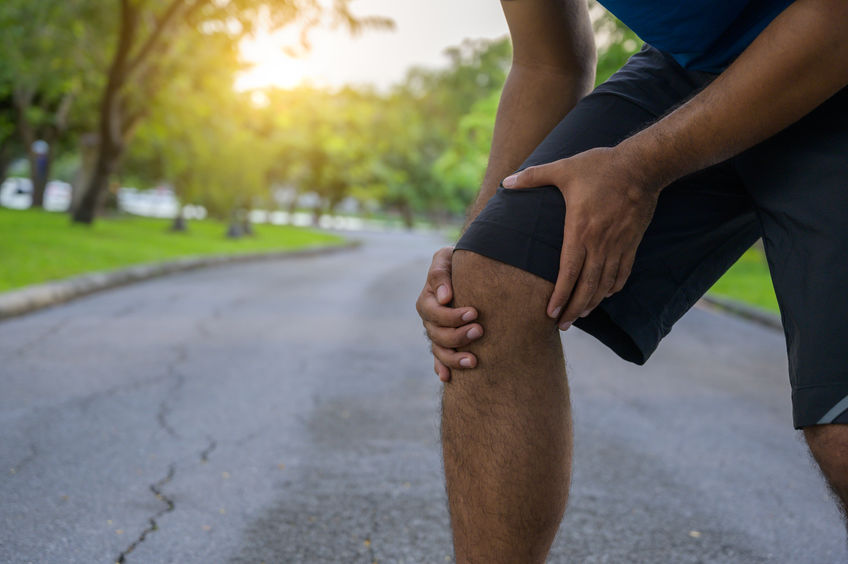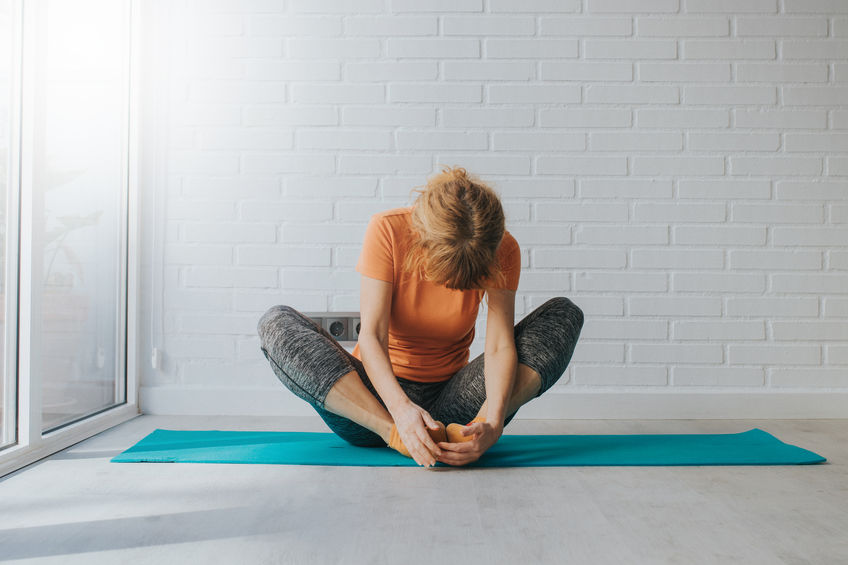Getting Ready For Knee Surgery?
Knee arthroscopy is a minimally invasive surgical procedure used to detect or repair a problem in the knee joint. During this procedure, the surgeon only has to make 1-2 tiny incisions, then insert a small camera called an arthroscope. The arthroscope and small surgical tools help the surgeon to view and repair effectively. And since knee arthroscopies are less invasive, the duration of the procedure and recovery time is shorter. To prepare for surgery, an orthopedic surgeon may suggest different strategies, including exercise.
When is it used?
Knee arthroscopy helps with persistent pain, stiffness, damaged cartilage, fragments of bone or cartilage, or fluid buildup in the joint. A doctor may recommend having a knee arthroscopy to assess the condition better. An orthopedic surgeon would then perform arthroscopy. In most cases, other vital procedures would follow. For instance, meniscectomy can remove or repair damaged meniscus cartilage. ACL reconstruction can replace a damaged anterior cruciate ligament. Other techniques can help remove or replace tissue, ligaments, and cartilage.
What are the risks?
Generally, arthroscopy is safe, and complications are rare. However, as with other medical procedures, there are some potential risks. Common complications include tissue or nerve damage, infection, and blood clots. Based on the approach needed after arthroscopy, there could be a surgical failure.
Should you exercise before the procedure?
Some doctors will recommend doing some gentle exercises to prepare for knee arthroscopy. While surgery can repair a damaged joint, the surrounding muscles and tissues help support the knee. Training in the weeks before surgery lessens recovery time and minimizes the risk of complications. In the long run, exercise improves balance, strength, and surgical outcomes.
The best exercises to support your knee
Although knee exercises can help, all movements aren’t helpful for the knee. Patients need exercises that are low impact to avoid further damage, yet highly effective. Some of the best activities involve simple movements while laying flat on the floor or bed. These include ankle circles, heel slides, glute raises, and leg raises. Patients can modify other exercises like pushups, knee extensions, and calf raises with a chair or wall. Do about 2-3 sets of the exercises recommended by the doctor at least once daily.
Preparing for your arthroscopy
Exercising before knee surgery can significantly improve the outcome. Yet, some general preparations can help with overall success. These include:
- Stopping medications and supplements as these may increase the risk of bleeding.
- Fasting for a few hours before the procedure.
- Wear comfortable clothing that’s easy to put on after the surgery.
- Leave valuables such as jewelry and watches at home.
- Arrange for a ride home since patients cannot drive after surgery.
- Patients who live alone should arrange for at-home support during recovery.
Most knee arthroscopy procedures have high success rates. Speak with the surgeon about any concerns before the procedure.
Get your knee ready for surgery
Repairing an issue with the knee has become significantly easier with knee arthroscopy. For the best outcomes, preparing the knee before surgery is crucial. Exercise is one of the best ways to strengthen the surrounding muscles and improve the overall outcome of surgery. However, the right exercises are necessary to avoid further injury. Speak with the surgeon in the weeks leading up to surgery for a safe yet effective exercise routine.



